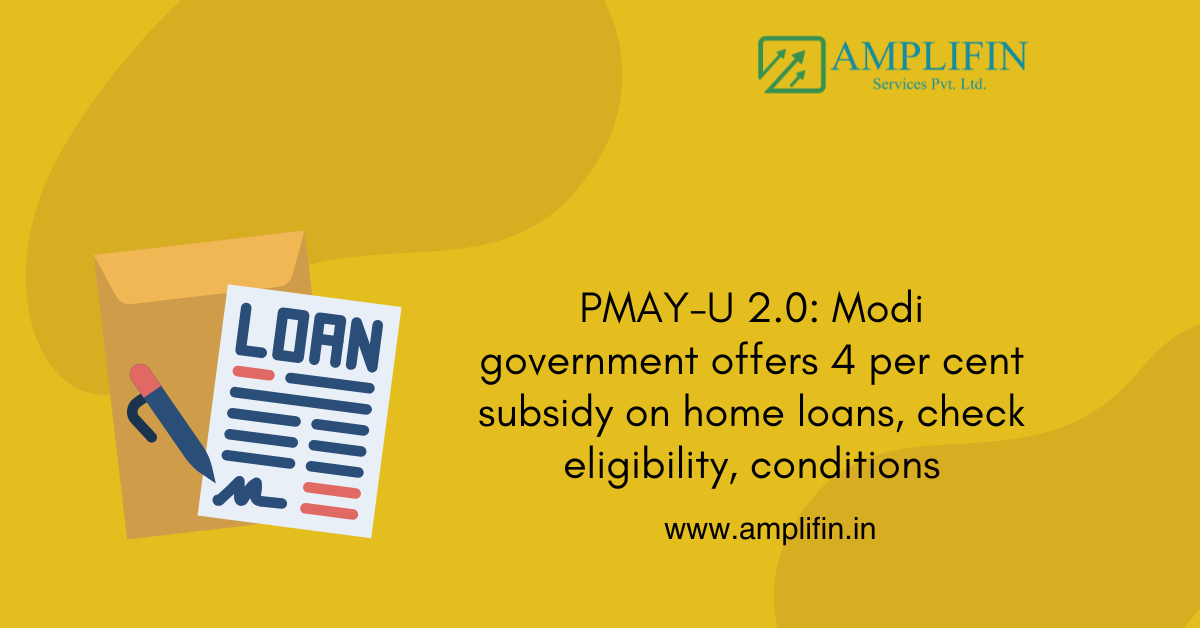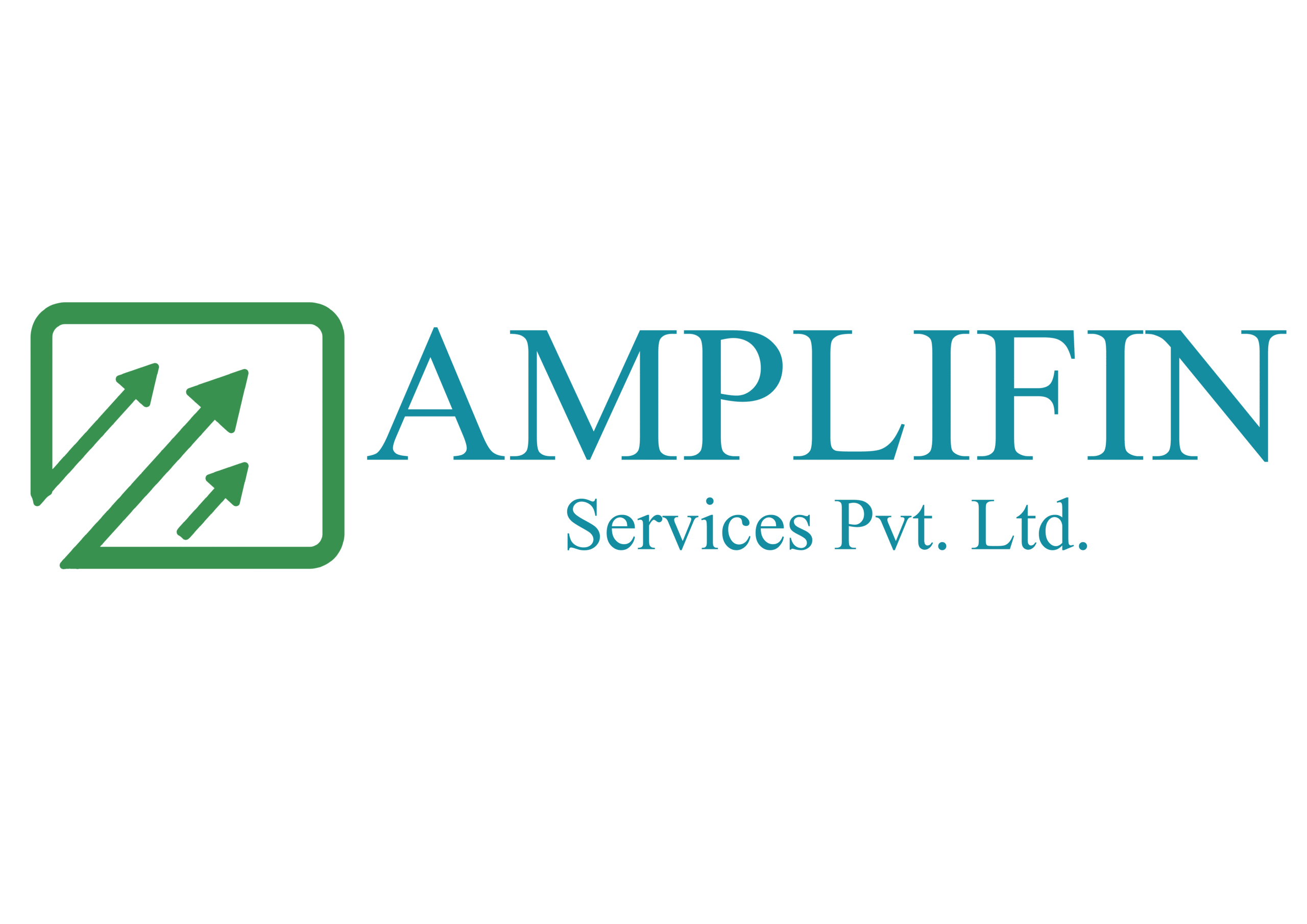PMAY Home Loan Subsidy 2024: Ultimate Guide to Interest Subsidies and Eligibility Under Pradhan Mantri Awas Yojana
The Pradhan Mantri Awas Yojana (PMAY) continues to be a cornerstone of India’s affordable housing initiative, offering substantial home loan subsidies to various income groups. This comprehensive guide explores everything you need to know about PMAY subsidy eligibility, benefits, and application process in 2024. Whether you’re a first-time homebuyer or planning to upgrade your living situation, understanding these subsidy provisions could save you significant money on your home loan EMI.

How Does the PMAY Credit Linked Subsidy Scheme Work in 2024?
The PMAY credit linked subsidy scheme operates as a key component of the government’s housing for all initiative. Under this scheme, eligible beneficiaries receive an interest subsidy that effectively reduces their home loan EMI burden. The subsidy is directly credited to the loan account of the beneficiary through participating lending institutions.
The scheme works through a network of central nodal agencies that coordinate with various lending institutions to disburse the subsidy amount. In 2024, the program continues to focus on making home ownership more accessible through reduced interest rates and extended loan tenure options.
What Are the Different Income Categories Under PMAY?
The PMAY scheme categorizes beneficiaries into distinct income groups to ensure targeted support. The Economically Weaker Section (EWS) and Lower Income Group (LIG) receive the highest interest subsidy of up to 6.5% on their home loans. The Middle Income Group (MIG) is further divided into two categories with different subsidy rates.
For the EWS and LIG categories, the annual income ceiling is Rs. 3 lakh and Rs. 6 lakh respectively. MIG categories extend up to Rs. 12 lakh and Rs. 18 lakh annual income, each receiving different levels of interest subsidies on home loans.
How Much Subsidy Amount Can You Expect Under PMAY?
The maximum subsidy amount varies based on your income category and the loan amount eligible for subsidy. For EWS and LIG categories, the maximum subsidy of Rs. 2.67 lakh is available. MIG categories can receive subsidies ranging from Rs. 2.35 lakh to Rs. 2.30 lakh depending on their specific income bracket.
The subsidy is calculated based on the total loan amount and the applicable interest subsidy rate. The government offers these subsidies through a credit-linked subsidy scheme that directly reduces the effective loan balance, resulting in lower EMIs throughout the tenure of the home loan.
What Are the Key Eligibility Criteria for PMAY Subsidy?
The eligibility criteria for PMAY subsidy focus on several key factors. First-time homeownership is a crucial requirement, meaning the beneficiary or any family member should not own a pucca house. The annual income limits must fall within the prescribed brackets for different categories.
Additionally, women ownership or co-ownership is encouraged under the scheme, with some states offering additional benefits for women beneficiaries. The property size and construction specifications must also meet the guidelines set under the Pradhan Mantri Awas Yojana Urban framework.
How Can You Apply for PMAY Interest Subsidy in 2024?
The application process for PMAY interest subsidy involves several steps. Beneficiaries must first check eligibility and gather necessary documentation including income proof, identity documents, and property papers. Applications can be submitted through authorized lending institutions that participate in the scheme.
The process includes verification of documents, property assessment, and coordination with central nodal agencies. Once approved, the subsidy benefit is credited directly to the loan account, reducing the effective loan amount and monthly EMI.
What Role Do Lending Institutions Play in PMAY Implementation?
Lending institutions serve as the primary interface between beneficiaries and the PMAY scheme. They are responsible for verifying eligibility, processing applications, and facilitating subsidy disbursement. These institutions work in coordination with nodal agencies to ensure smooth implementation of the credit linked subsidy scheme.
The rate of interest and loan tenure are determined by the lending institution, while the government provides the interest subsidy component. This partnership between government agencies and financial institutions helps make the housing scheme more accessible to eligible beneficiaries.
How Does Property Selection Impact PMAY Subsidy Eligibility?
The choice of property significantly affects eligibility for PMAY subsidy. Properties must meet specific size requirements based on the beneficiary’s income category. For EWS, the carpet area should not exceed 30 square meters, while LIG and MIG categories have different maximum area limitations.
The location of the property should be within urban development areas or planned extensions. The affordable housing project should also be registered under RERA to qualify for the subsidy scheme.
What Are the Common Challenges in Availing PMAY Subsidy?
Some beneficiaries face challenges in navigating the documentation requirements and verification processes. Understanding the maximum loan amount eligible for subsidy and ensuring all criteria are met can be complex. Additionally, timing the application with home loan approval and property purchase requires careful planning.
Processing times can vary depending on the lending institution and verification requirements. It’s important to maintain regular follow-up and ensure all submitted documents are complete and accurate.
How Has PMAY Evolved Since Its Inception?
The Pradhan Mantri Awas Yojana has undergone several modifications since its launch to better serve beneficiaries. Originally known as the Indira Awas Yojana, the scheme has expanded its scope and benefits. The introduction of the credit-linked subsidy scheme marked a significant evolution in making housing more affordable.
The government housing scheme continues to adapt to changing needs, with regular updates to subsidy amounts, eligibility criteria, and implementation processes. The focus remains on achieving the goal of housing for all while maintaining the scheme’s financial sustainability.
What Are the Future Prospects of PMAY Beyond 2024?
As part of the government’s commitment to affordable housing, PMAY is expected to continue evolving. The scheme aims to provide affordable housing to all eligible beneficiaries, with potential extensions and modifications based on implementation feedback and changing market conditions.
The central government’s focus on urban development and housing suggests continued support for such initiatives, with possible enhancements to subsidy amounts and eligibility criteria in the future.
Key Points to Remember:
- PMAY offers substantial interest subsidies ranging from 3% to 6.5% depending on income category
- Maximum subsidy amounts vary from Rs. 2.30 lakh to Rs. 2.67 lakh
- EWS and LIG categories receive higher subsidy benefits
- First-time homeownership is a crucial eligibility criterion
- Women ownership/co-ownership is encouraged with additional benefits
- Property size and location must meet specific PMAY guidelines
- Application process involves coordination with authorized lending institutions
- Documentation and verification are critical for successful subsidy approval
- Regular monitoring of application status is important
- The scheme continues to evolve with potential future enhancements
- Different income groups have specific annual income limits and subsidy rates
- Property must be registered under RERA for subsidy eligibility
- Loan tenure and property selection impact subsidy benefits
- Direct credit of subsidy to loan account reduces effective EMI
- Continuous adaptation of the scheme to meet changing housing needs
